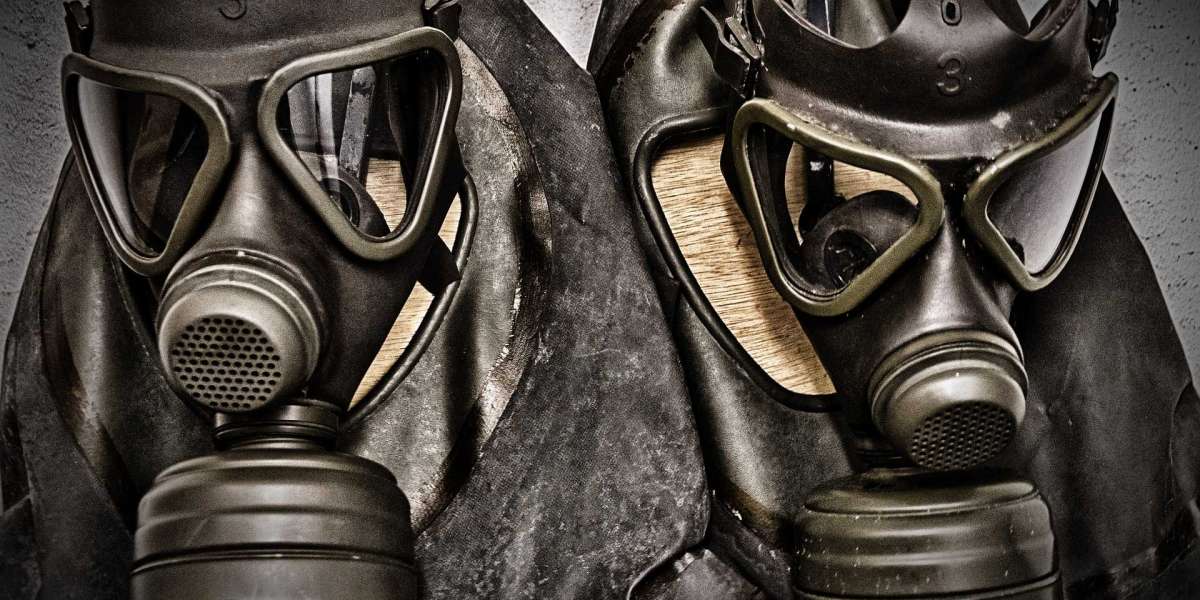They provide security to civilian and military specialists, as well as industrial workers. Gas masks are mandatory in case of disasters at large technical facilities. Human life and health depend on the quality and reliability of personal protective equipment. Among the huge number of gas masks, it is not easy to choose the best model, so this top was created. Find out more at https://czkr.com.ua/.
Gas masks have several classifications depending on the scope and features of the staffing. But regardless of the type, the device must comply with safety requirements.
According to the internal structure and method of protection, devices are divided into two types:
Filter filters include a filter box that protects the body mechanically or through neutralizing chemical reactions. They allow you to breathe air that is cleaned inside the filter. The air must contain at least 18% oxygen. The peculiarity of filter boxes is that they prevent only specific types of threats, i.e. they are not universal. Filters need to be replaced as they are used. The validity of the boxes depends on the level of air pollution and lasts from several minutes to several days.
Insulating ones include a compressor box, which is universal compared to a filter box. They are used when there is a lack of oxygen. An external source of clean air is connected to the device.
In turn, insulating are divided into several types:
Self-contained breathing apparatus with a compressor box containing a cylinder of compressed air.
Hose respirators , in which air is supplied through a hose from an external source, such as a compressed air line.
Filters are designated by different markings. The level of protection is indicated by numbers:
1 - protection against low concentrations of volatile substances (up to 0.1%).
2 - protection of the body from the ingress of substances with a concentration of up to 0.5%.
3 - protection against substances with a concentration above 1%.
In addition to digital designations on filter gas masks, there are letter markings:
P (white box) - from alien particles flying in the air. P1 prevents large particles from entering the body, and R3 prevents mist suspensions, bacteria, etc. from entering the body.
A (brown box) - from organic gases and vapors with a boiling point above 65 ° C.
АХ (brown box) - from ingestion of organic gases and vapors with a boiling point below 65˚С.
B (gray box) - from all inorganic gases, except for carbon monoxide.
CO (purple box) - from carbon monoxide.
E (yellow box) - from fumes of nitric acid and acid gases.
K (green box) - from vapors of ammonia derivatives.
NO (blue box) - from all nitrogen oxides.
Hg (red box) - from mercury vapor and its compounds.
Reaktor (orange box) - from radioactive substances.
SX (purple box) - from chemical warfare agents.
Depending on the field of application, the devices are divided into several types:
Military . Differ in high safety and universality to substances.
Civil . They differ from the military in that they are made from cheap and low-quality materials. Used by the public in emergencies.
Industrial . The device is built into a protective suit. Used when working with hazardous substances.
Baby . Differ in the small sizes.
Panoramic masks with a high degree of protection are also distinguished . Their advantage lies in the fact that they have a larger viewing angle compared to gas masks. The disadvantage is that they do not completely cover the head, therefore, they require the additional use of a protective suit. Panoramic masks are used with filters of different brands and classes. The set consists of a panoramic glass, a seal with an obturator for a snug fit to the face, a valve box with an inhalation, exhalation valve, an intercom, a mask holder, a headband with several attachment points on the head, one or two side nodes for connecting to filters. Gas masks with panoramic glasses are most preferred.
Requirements for choosing a gas mask:
Compliance with GOST .
Compliance with the scope.
The filter on gas masks is located on the front . Depending on the model, it can be on the left, right, center, or both sides. When the filter is located on the side, the gas mask may shift to one side, which provokes the ingress of harmful substances into the respiratory system, eyes or skin. Side filters are recommended for military specialists who conduct aimed fire. Civilian gas masks must be equipped with two small filters on either side or one large central one.
The filter must match the nature of the substances .
The area of the field of view of gas masks with panoramic glasses should be at least 70%. For devices with flat round glasses, this value is reduced by 36-38%.
The material of the filter housing must be polymer or metal. Modern models are impact resistant and heat resistant.







